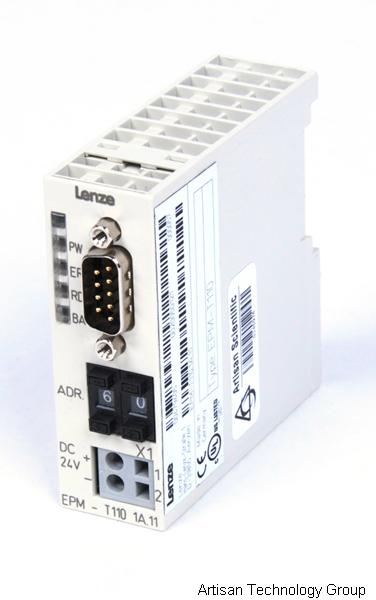Posted on 1st Apr 2024

Variable Frequency Drives (VFDs) such as Lenze Drive, Keb Drive, have emerged as vital components in industrial applications for controlling the speed of AC motors. Their ability to optimize energy consumption, improve process control, and enhance equipment lifespan has led to a significant surge in demand across various industries. As we delve into the market outlook from 2023 to 2030, it becomes evident that the VFD market is poised for substantial growth and innovation.
The period spanning 2023 to 2030 is projected to witness robust growth in the global Variable Frequency Drive market. This growth is primarily fueled by several factors, including increasing industrial automation, emphasis on energy efficiency, stringent regulations promoting the use of energy-saving devices, and the rising adoption of VFDs in HVAC systems.
Industrial Automation: With the advent of Industry 4.0 and the growing emphasis on automation, industries are increasingly adopting VFDs to enhance the efficiency and precision of their operations. VFDs play a pivotal role in regulating motor speed, thus optimizing energy consumption and improving productivity.
Energy Efficiency Regulations: Governments worldwide are implementing stringent energy efficiency regulations to curb carbon emissions and promote sustainable practices. VFDs offer a practical solution by enabling variable speed control, thereby reducing energy consumption and operating costs. This regulatory push is expected to drive significant demand for VFDs across various sectors.
Renewable Energy Integration: The transition towards renewable energy sources such as wind and solar necessitates advanced control systems to manage power fluctuations and grid stability. VFDs facilitate seamless integration of renewable energy into the grid by regulating motor speed and optimizing power output, thereby supporting the expansion of clean energy initiatives.
Technological Advancements: Ongoing advancements in VFD technology, including the integration of IoT capabilities, predictive maintenance algorithms, and advanced control strategies, are enhancing the performance and reliability of VFDs. These innovations enable real-time monitoring, remote diagnostics, and predictive maintenance, thereby minimizing downtime and maximizing operational efficiency.
Growing HVAC Applications: The HVAC sector represents a significant end-user segment for VFDs, driven by the increasing demand for energy-efficient heating, ventilation, and air conditioning systems. VFDs allow precise control of fan and pump speeds in HVAC applications, resulting in substantial energy savings and improved comfort levels.
Regional Outlook
North America: The North American VFD market is expected to witness steady growth, propelled by the region's strong emphasis on energy efficiency and industrial automation. Adoption across industries such as manufacturing, oil & gas, and infrastructure development will drive market expansion.
Europe: Europe is poised to emerge as a key market for VFDs, driven by stringent energy efficiency regulations and the increasing adoption of renewable energy sources. The region's focus on sustainable practices and industrial modernization will fuel demand for VFDs in the coming years.
Asia Pacific: Asia Pacific is anticipated to exhibit the highest growth rate in the VFD market, driven by rapid industrialization, urbanization, and infrastructure development across countries like China, India, and South Korea. The region's expanding manufacturing sector and investments in smart grid infrastructure will drive the adoption of VFDs in various applications.
While the VFD Lenze Drive, Keb Drive as available on CM Industry Supply Automation market presents significant growth opportunities, it also faces certain challenges, including the high initial cost of VFDs, lack of awareness among end-users, and technical complexities associated with installation and programming. However, these challenges are outweighed by the numerous opportunities presented by advancements in technology, supportive government initiatives, and the increasing focus on sustainability and energy efficiency.
The period from 2023 to 2030 is poised to witness remarkable growth in the Variable Frequency Drive market, driven by factors such as industrial automation, energy efficiency regulations, technological advancements, and the expanding applications across various sectors. As industries strive to enhance operational efficiency, reduce energy consumption, and embrace sustainable practices, VFDs will continue to play a pivotal role in shaping the future of industrial control systems. Embracing innovation, fostering partnerships, and addressing key challenges will be crucial for stakeholders to capitalize on the immense opportunities presented by the evolving VFD market landscape.